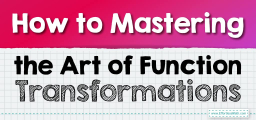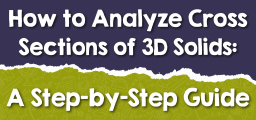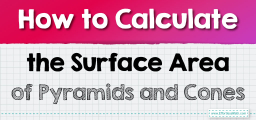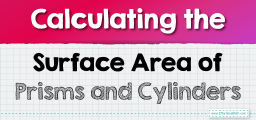How to Understand Congruence through Rigid Motion Transformations
In the fascinating landscape of geometry, the ideas of congruence and rigid motions intertwine to form the backbone of understanding shape preservation and transformation. Congruence refers to the exact match in size and shape between two figures, ensuring that every part of one figure aligns perfectly with its counterpart in the other. On the other hand, rigid motions, or isometries, are the very tools that allow us to move and position shapes without altering their intrinsic properties. Together, these concepts build a bridge that connects the inherent characteristics of geometric figures with the dynamic ways they can be represented and manipulated within the vast plane of geometry.

Step-by-step Guide: Congruence and Rigid Motions
Defining Congruence:
Geometric figures are deemed congruent if they have the exact same size and shape. Essentially, they would match up perfectly if superimposed.
Exploring Rigid Motions:
These are transformations, also known as isometries, which retain the size or shape of a figure. They include:
- Translations: Shifts that move a shape without rotating or flipping it.
- Rotations: Spinning a shape around a fixed point.
- Reflections: Creating a mirror image by flipping a shape over a line.
- Linking Congruence with Rigid Motions:
Shapes are congruent if one can be transformed into the other solely using rigid motions. - Recognizing Congruent Figures:
Search for shapes with matching sides and angles. Additionally, verify if one shape can be remapped to the other using only rigid motions.
Examples
Example 1:
Quadrilateral \( ABCD \) with vertices \( A(1,2) \), \( B(3,2) \), \( C(3,4) \), and \( D(1,4) \)
Quadrilateral \( WXYZ \) with vertices \( W(5,6) \), \( X(7,6) \), \( Y(7,8) \), and \( Z(5,8) \)
Question:
Are the two quadrilaterals congruent through a rigid motion on the coordinate plane?
Solution:
By observing, we can see that each vertex of Quadrilateral \( WXYZ \) is \( 4 \) units to the right and \( 4 \) units up from the corresponding vertex of Quadrilateral \( ABCD \). Thus, a translation (a rigid motion) of \( 4 \) units right and \( 4 \) units up would map \( ABCD \) onto \( WXYZ \).
Hence, the two quadrilaterals are congruent through the rigid motion of translation.
Example 2:
Triangle \( PQR \) with vertices \( P(1,1) \), \( Q(3,1) \), and \( R(2,3) \)
Triangle \( STU \) with vertices \( S(1,3) \), \( T(1,1) \), and \( U(3,2) \)
Question:
Are the two triangles congruent through a rigid motion on the coordinate plane?
Solution:
Triangle \( STU \) seems to be a rotation of Triangle \( PQR \) about some point. If we take the midpoint of \( PQ \), which is \( M(2,1) \), as the center of rotation and rotate \( PQR \) by \( 90^\circ \) counterclockwise, we get Triangle \( STU \). Thus, a rotation (a rigid motion) of \( 90^\circ \) counterclockwise about point \( M \) maps \( PQR \) onto \( STU \).
Hence, the two triangles are congruent through the rigid motion of rotation.
Practice Questions:
- Rectangle \( MNPQ \) is reflected over the y-axis to form \( M’N’P’Q’ \). Are \( MNPQ \) and \( M’N’P’Q’ \) congruent? Justify your answer.
- Circle \( A \) has a radius of \( 5 \) units. When translated \( 6 \) units to the right, it forms Circle \( B \). Are circles \( A \) and \( B \) congruent?

Answers:
- Yes, \( MNPQ \) and \( M’N’P’Q’ \) are congruent. Reflections, being rigid motions, do not alter the size or shape of figures.
- Yes, both circles are congruent. Translations, another form of rigid motion, maintain the size and shape. Therefore, both circles have a radius of \( 5 \) units.
Related to This Article
More math articles
- ISEE Math- Test Day Tips
- Vectors Introduction
- How to Solve Rational Exponents?
- The Ultimate FSA Algebra 1 Course (+FREE Worksheets)
- The Binomial Theorem
- How to Make Math Lessons More Engaging?
- 6th Grade MCAP Math Worksheets: FREE & Printable
- Sum and Difference of Trigonometric Functions Formulas
- Top 10 Free Websites for ACT Math Preparation
- Top 10 4th Grade Common Core Math Practice Questions


























What people say about "How to Understand Congruence through Rigid Motion Transformations - Effortless Math: We Help Students Learn to LOVE Mathematics"?
No one replied yet.